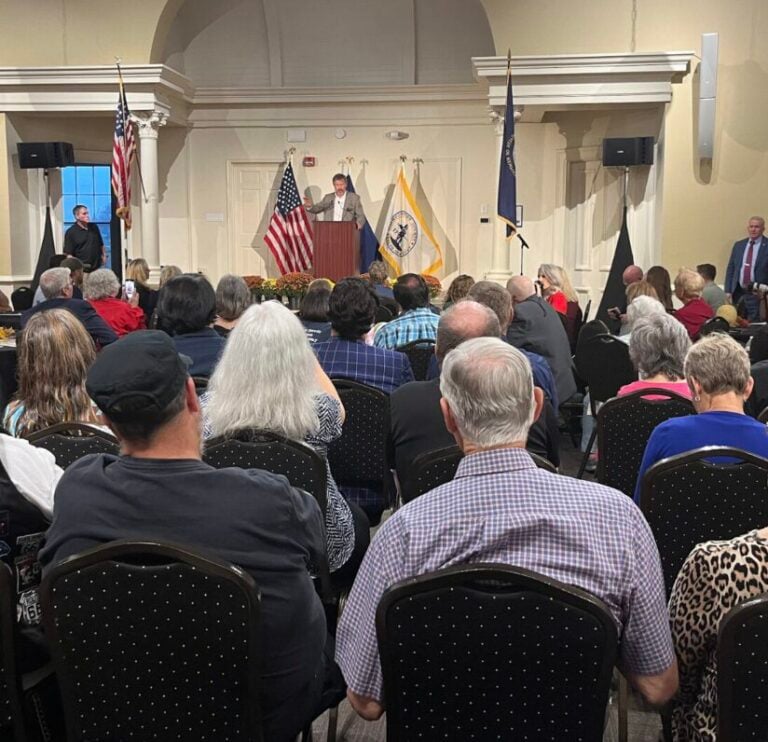Tiger Tales and I share a 27-year tradition. The annual collection of prose, poetry and art by students of Murray Elementary School has existed for the same amount of time I’ve lived here.
Back then, it was titled Scribbles, but the concept was the same. Children and parents selected contributions for the anthology, and the writings were presented exactly as written, with errors in spelling and grammar intact. At first, I recall some old schoolers were horrified by the lack of invasive, persnickety editing, but the rest of us marveled over the inventive ways kids solved problems with clever phonetics. After all, if children were not expected to revise their stick figure drawings and lopsided renditions of imaginary creatures, why should they be expected to spell amazing words with one-hundred per cent while still in early elementary grades?
Thank goodness, those who have guided Tiger Tales over the years recognize the value of capturing kids’ views on the world as they imagine them to be, seeing perfection in their imperfection.
The caption on the cover of this year’s Tiger Tales is a reminder to all who appreciate this annual event: “Success is up to us!” roars one of the tigers in 7-year-old Madeline Cunningham’s fabulous design.
On the day of the Tiger Tales assembly, when all the young writers thronged the gymnasium of Murray Elementary School to receive their copies of the book and be lauded by teachers, parents, and friends, the audience was reminded of the importance of the Tiger Tales tradition and the need for continued financial support.
In her welcome to attendees, MES principal Denise Whitaker remarked about the many ways the gathered assembly was lucky. She mentioned safe schools, committed teachers, and devoted parents who share the privilege of celebrating our children, their talents, and their writing and artistic abilities.
“We must keep the tradition going,” Principal Whitaker said, adding that continued budget pressures could affect the future of Tiger Tales. “I worry that it won’t happen.”
If that were to occur, the literacy scene in our community would be altered, and we would never get to enjoy the inspired works of the children of Murray Elementary. Here are some of my favorites.
Alex West, age 6, sketched a fierce caveman and added his original commentary: “Cavemen they are the people of the past then they gat smarter.”
Aiden Farr, age 8, wrote about the piano and lessons with Mrs. Janet. “Left hand glides over the right like a bird for an arpeggio,” the aspiring musician says, using a simile most poets would admire.
Trendan Curd, age 6, fashioned a self-portrait entitled, “Me and Alec.” The human figures are created from rectangles, triangles, and circles, yet they exude personality and vigor that go far beyond their geometric confines.
Mylee Smith, age 9, writes about being “traped” in a snowglobe, imagining all the sensory images she would experience in that environment. She speaks of tasting “clear, cold water” and “sparklely glitter.”
Eunhyuk Im tells an impressive story about coming to Murray four months ago from Korea. “At first, I couldn’t speak English at all,” the eight-year-old writes. “I have studied English but I still can’t speakEnglish well.”
A whole section of Tiger Tales is devoted to nature, and there is a page filled with short poems entitled, “Spring is here.” Each one is rife with sensory appeal, but the one by six-year-old Maya Ruth Crittendon seemed especially eloquent to me: “I see petals. I smell grass. I hear wind. I feel flowers. I taste ice cream. Spring is here!”
While the front cover of Tiger Tales begins with a definition of success, the back cover, created by Corben Henshaw, age 9, reminds us of a very special aspect of the annual anthology. “Tiger Tales are best,” it says, “when shared with friends.”
Many thanks to all those responsible for keeping the Tiger Tales tradition alive, particularly the Murray Independent School District Foundation for Excellence, the Murray Elementary PTO and Murray Elementary School for their financial support of the project. Its continued success relies on their continued support. Without it, there will be no 28th anniversary of this unique tribute to visual and verbal literacy.
Constance Alexander is a faculty scholar in the Teacher Quality Institute at Murray State University. She is a freelance writer who writes a regular column for her local newspaper and for KyForward. She lives in Murray. Contact the her directly at constancealexander@twc.com.


















